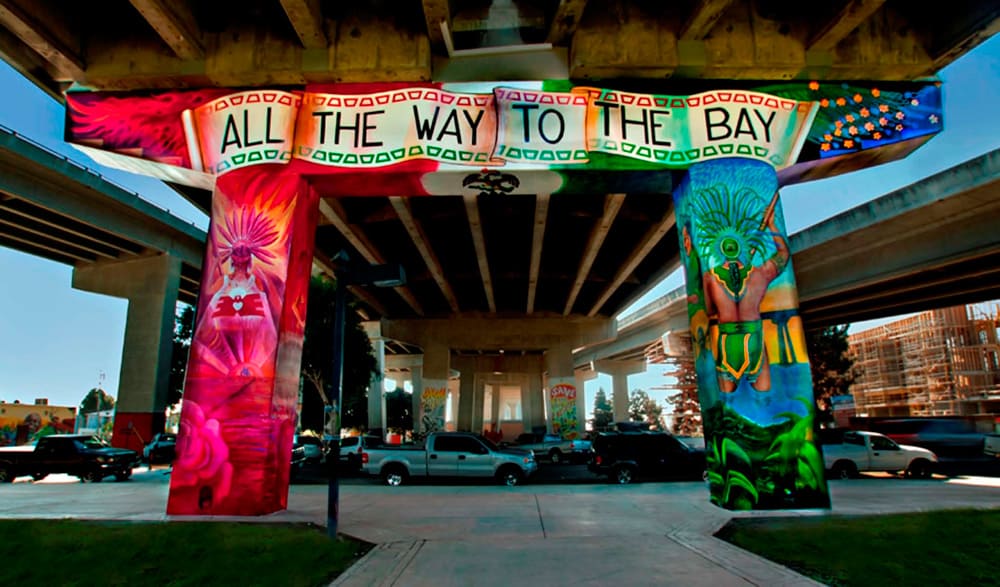Target Audience:
This lesson is intended for 11th/12th grade students. I would love to teach a class that examines modern American history through the leanse of pop culture and media. This lesson would be nestled within a class including music, television, and movies.
Content: This lesson walks student’s through a selection of movie trailers, each depicting the Vietnam War. It moves chronologically with a series of questions/discussion prompts on each slide asking students to reflect upon how the movie trailer presents the war and the characters (both real and fictional) depicted. The point of this lesson is to examine how American social media reflects the general feelings of the nation.
Process:
- Students will reflect upon what they have learned about the Vietnam War so far.
- As we move through the slideshow, we will watch and comment upon each section of videos. Students will discuss the ways in which the War and the Characters within are portrayed. Students will discuss how they feel about what they just watched. What is the ‘mood’ of the film.
- We end the class by discussing how Hollywood’s depiction of the Vietnam war has changed throughout the years and why that might be. What stick out in particular. Does media still influence the way we view history?
- The exit ticket will be for each student to write an example of a film that displays a historical event and how the event is portrayed.




